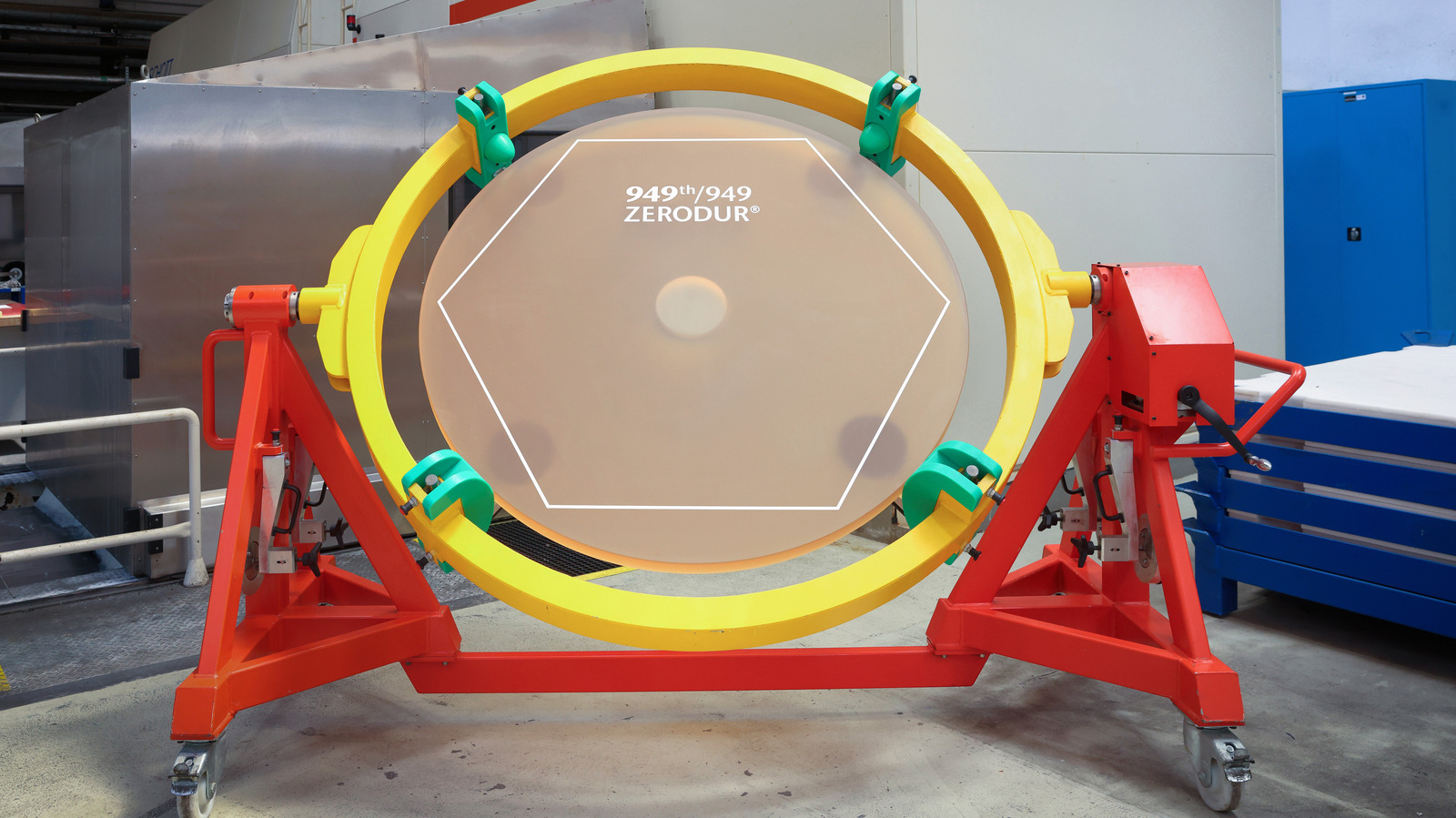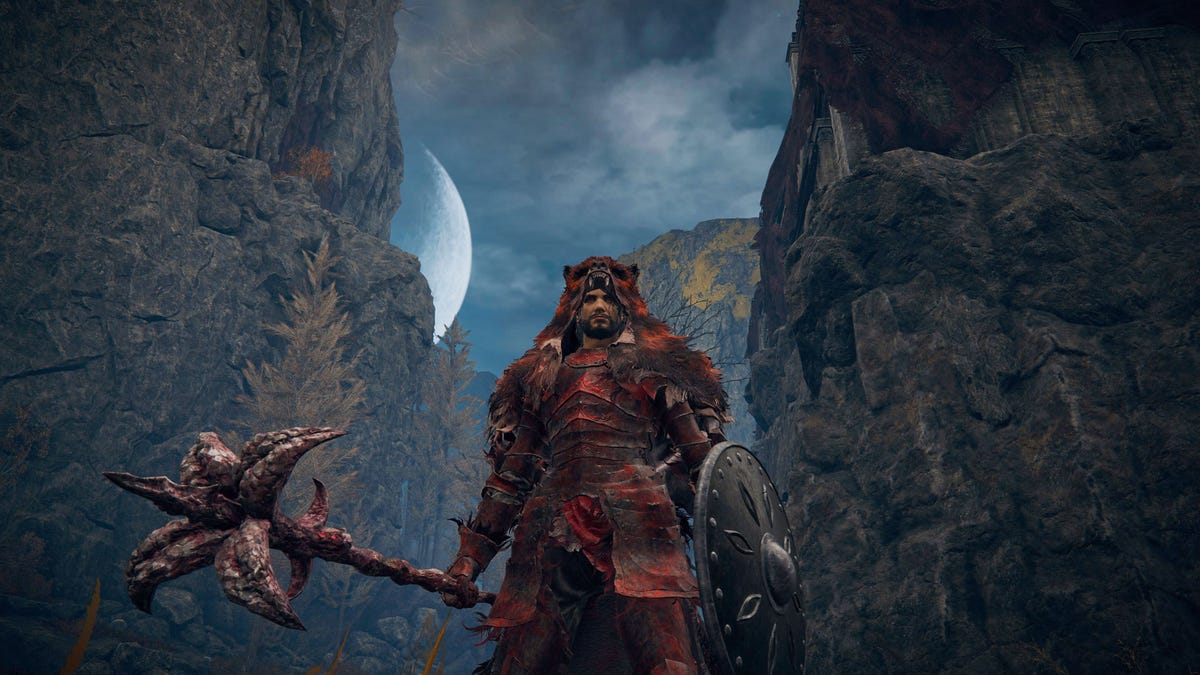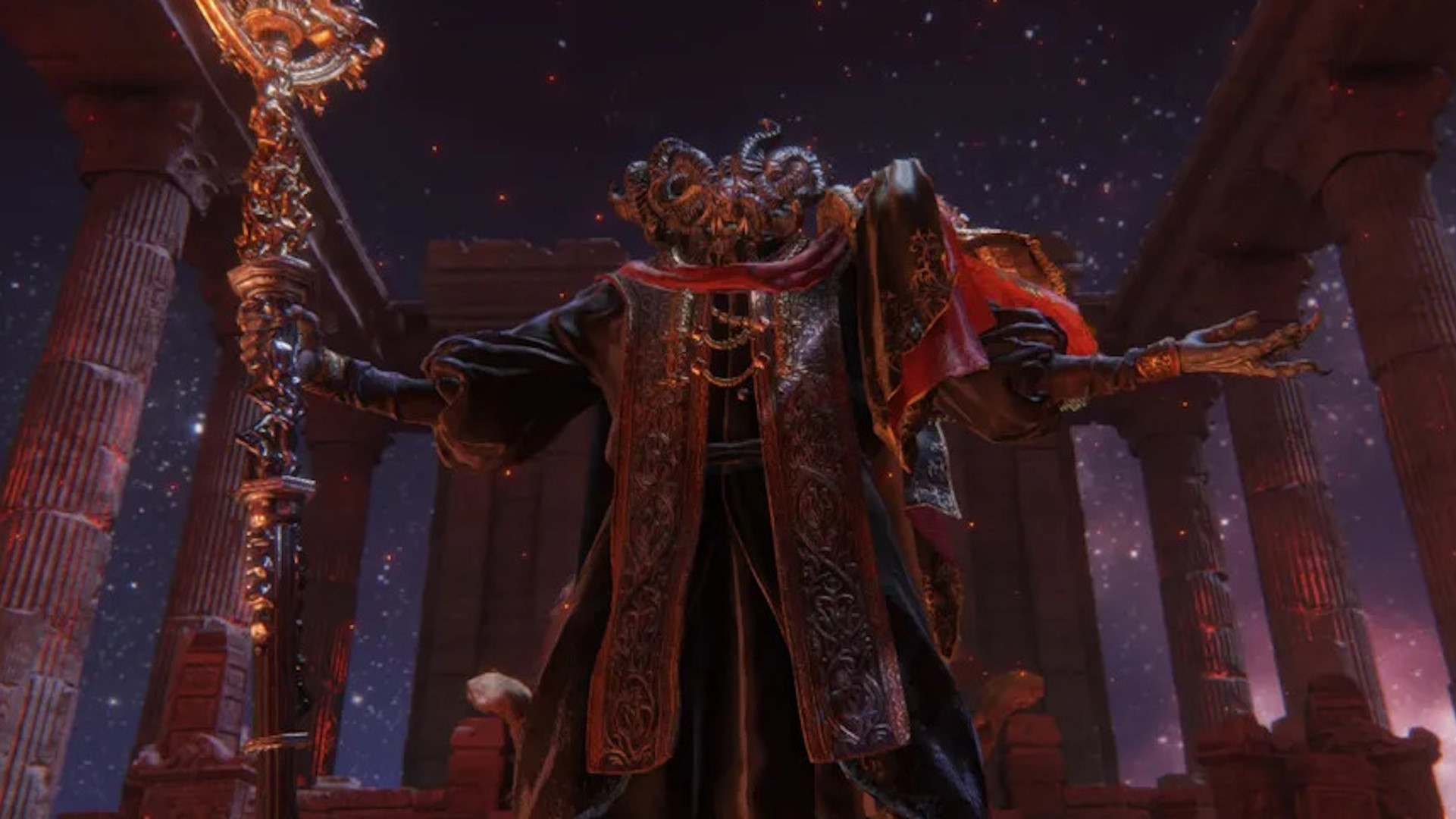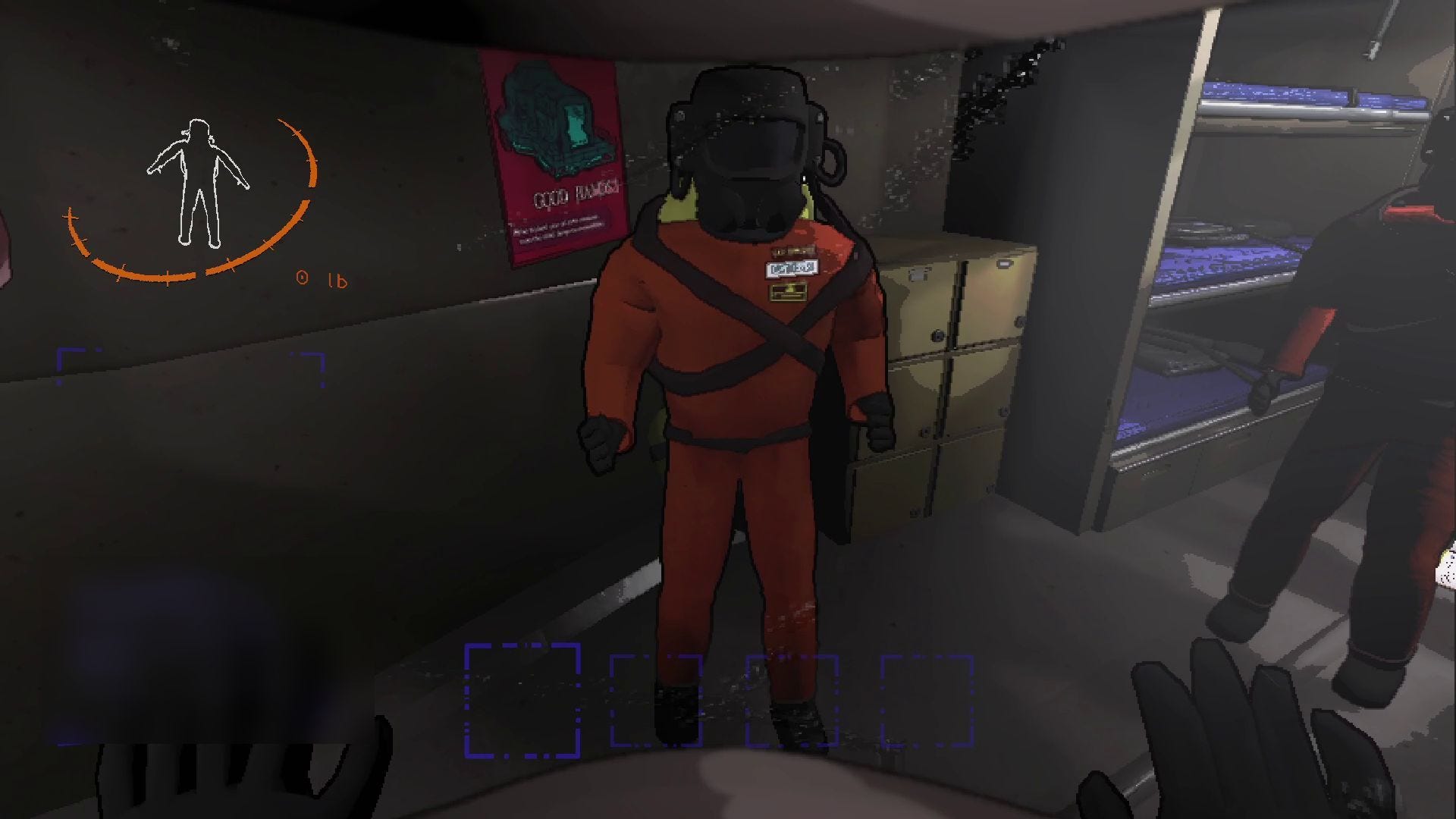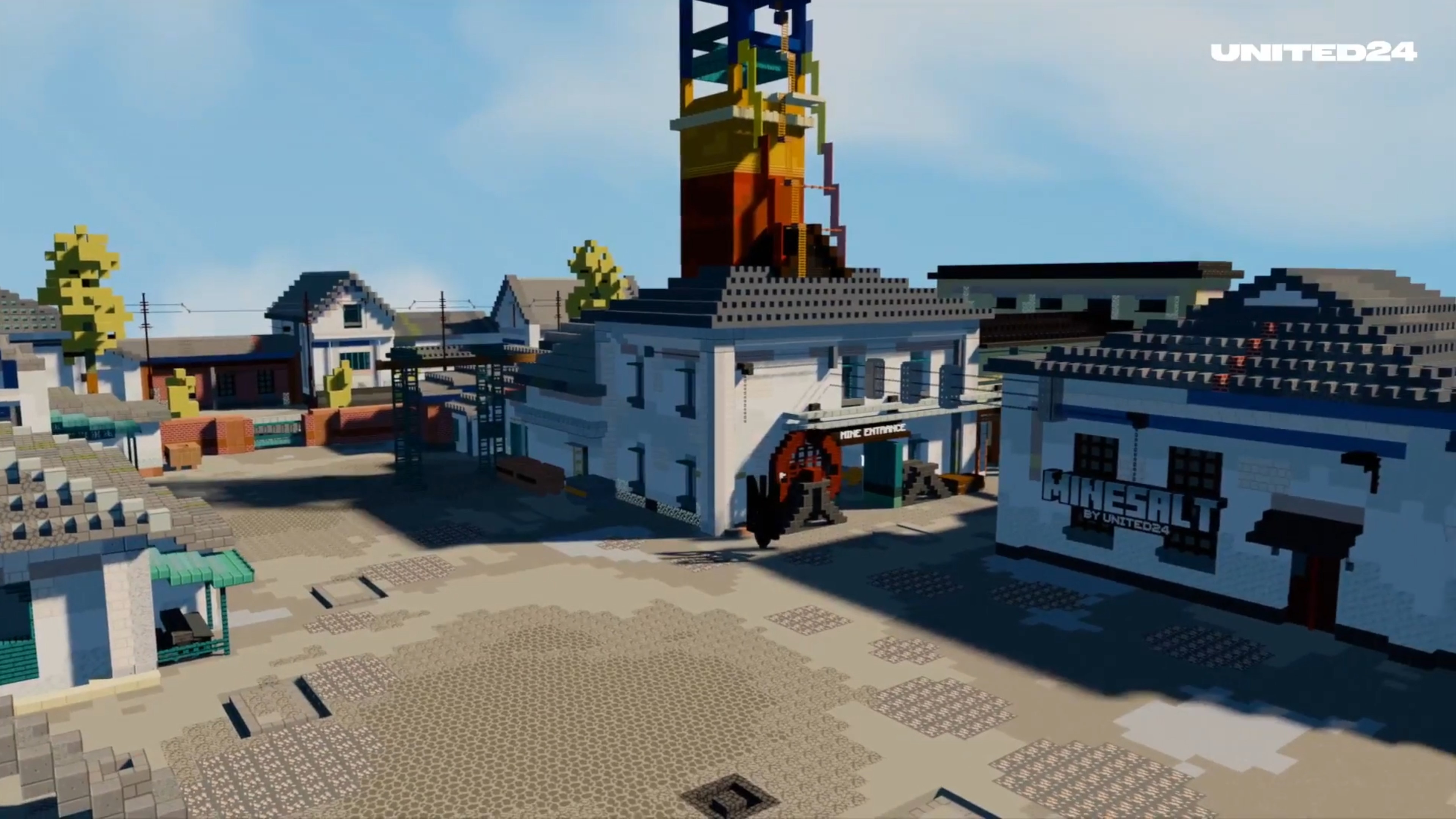Until Then Wants to Become a Portal to Filipino Culture For Everyone
The developers of the gorgeous story game, Until Then, want to evoke nostalgia for Manila, Philippines, even for players who've never been.

AAPI Month coverage continues with an interview with Polychroma Games about their Phillipines-set story game, Until Then, coming out on June 25.
Even in its demo, Until Then rang plenty of bells for me as a Filipino-American. It reminded me of summer breaks when I would visit Manila, but with a fondness that outdid any discomfort I would have from walking under the sweltering heat and dodging cockroaches on the sidewalk. From colored chicks to bits of Tagalog, Filipino culture deepened the immersiveness of the story between the playful characterization and mini games.
This is the setting that Mickole Klein Nulud, founder of Polychroma Games and game director of Until Then, and his team sought to capture. Mark Borja is seemingly just another Filipino high schooler going through shenanigans like cramming for class and keeping up with the local rumor mill. However, magical realism starts to seep into the slice of life setting, hinting at the emotionally compelling story to come.
A Setting By Any Other Name
The Philippines isn’t a glamorous city with robot toilets and vending machines at every corner. Until Then doesn’t tout fantasy gimmicks or child soldiers, yet Polychroma still decided to base its setting on Manila, the capital of the Philippines. Nulud tells IGN that the Philippines was integral to the story they wanted to tell, and it was a non-negotiable from the start. They initially had concerns on whether or not a global audience would find the Philippines relatable. However, the developers quickly abandoned their doubts.
“We wanted to write a story where we could apply the experiences of growing up here,” Nulud says. “Right from the start, the idea behind this game was to represent the Philippines and share the experiences we went through living here growing up here. It's fundamental to the game, so there were no other settings on the table.”
The plan was to create a universally relatable story with the Philippines as a backdrop. That way, it could appeal to global audiences as well as fellow Filipinos. “If we wanted to write a story in a game where you could reach into people's hearts, of course it has to be universal,” Nulud says. “But the setting, the context, the mannerisms that the story integrates–some of them are uniquely Filipino. So, we sprinkle in some references here and there, but not too much that will make the story confusing for other audiences.”
“We learned how to strike a balance between sprinkling in some references that players here would appreciate, but still [making it so] everyone would appreciate the main story itself.”
Most of the Philippine references appear in the settings, like the trash-littered streets and roaming stray dogs. However, Nulud and fellow developers found a way to gamify their experiences through mini-games and interactive parts of the game, even if it isn’t exactly how you would experience it in real life. 
For example, in the demo, Mark and Sofia take turns stabbing fish balls with skewers. However, they don’t just take the fish balls from the vendor and leave. You have to skewer the fish balls yourself by timing exactly where the stick stops above the frying balls, and then again for when exactly to stab it so that it actually sticks. That’s not actually how you buy or even eat fish balls in the Philippines, but it was a fun way for Nulud and his fellow developers to gamify a cultural experience.
Until Then also serves as one of the most recent and significant examples of Filipino representation. My Filipino friends and I have a hard time recalling Filipino representation in recent games. Josie Rizal from Tekken 7 is one of the most popular examples that still pops up, but that game came out nearly a decade ago. Nulud also recalled Rizal, but noted her inclusion in Tekken is only a small part of the game. In that sense, Until Then is a more fully fleshed out example.
“It's not just an element. It's not just like 10% Filipino representation. It's 100% Filipino representation,” says Nulud. “And I don't think there are–if there ever is–a game that has 100% representation. Maybe there's just one or two.”
“I think [in] that way, it is a strength. This is a game where you could really say that. That's really representative, first of its kind.”
Filipino Time Capsule
Cultural time capsules also exist, like the train station Mark uses early in the game to get to school where you need to buy the ticket from the machine. Nulud admits that it’s not that exciting because you’re just buying a train ticket. However, for him and others who used to commute using the Manila subway, it’s a fun reminder of their local transportation.
“It was really fun because I copied the interface almost 100% in the train station that we have here,” Nulud said. “That was just really fun for me because it's going to be a time capsule.”
“There have been changes to the train station that we have in the game from real life. Like, some of the design, some of the architecture of the train station…When you visit it now, it's slightly different from what it is in the game.”
Besides the train station that Nulud mentioned, it’s also a time capsule for technology and social media. Until Then takes place in 2014, even though the team started development in 2020. Facebook, which is still popular in the Philippines, is the main social media used in the story. You scroll through your timeline, liking and commenting on your friends’ posts, or even learn more about the world through the news stories and ads that pop up on your timeline.
“Back in something like 2010, we were only able to access it from a computer shop or internet cafe,” says Nulud. “But, starting in 2014, that's when Filipinos became more active or online. So that makes a lot of sense for the smartphone mechanics that we have where there's basically a Facebook clone in the game where you can like, share, and stuff.”
Even now, Facebook is the Philippines’ most popular social media platform. According to DataReportal, the Philippines ranks in Facebook’s top 10 most active countries with 91.9 million active Facebook users. For context, the last Philippine census counted 115.56 million people. The United States, second in the rankings, has 186.4 million active Facebook users, but about 333.29 million people. The ratios are skewed.
“Facebook is not dead here at all. It's the main platform. I know it's not big in the US right now, but here, it's synonymous to social media,” says Nulud.
Inspirations for Until Then
Besides Filipino culture, Polychroma Games prioritized innovative storytelling to strengthen Until Then’s narrative. Nulud described it as closer to a “cinematic experience,” but one where it was more like a visual novel with interactive elements. Instead of just clicking through options of dialogue, I mashed buttons to wake up our main character, bought a train ticket, plugged in a USB, scrolled through Facebook messages, and more. In that sense, it felt a lot more interactive than a traditional relationship-based visual novel where you might select options that cater towards specific love interests and eventually form a relationship with them.
Nulud’s main inspirations includes Night in the Woods, Infinite Fall’s narrative adventure game based on western Pennsylvania. I used to live in Pittsburgh, a setting that heavily inspired Night in the Woods. In that story, the mining town history, hilly suburban setting, and other environmentally unique pieces about it really made it feel like Pittsburgh and, as an extension, other western Pennsylvania towns. Until Then works similarly, painting a picture of Manila through its setting, even without exposition.
“When you look at Night in the Woods and this game, there's a lot of similarity in how we present dialogue where you can see the world,” Nulud says. “When I played [NITW], I was really amazed that you can present a story like this. Like, you can present it in a way that you're just exploring the world because, in very conventional visual novels, you only have backgrounds for settings and then characters just fade in and fade out. And, since so far in my career, I have always been interested in narrative in games. I take a lot of inspiration from how Night in the Woods presents its story. It's just so immersive, having it presented this way.”
“I'm interested to push the boundaries and explore different ways we can tell stories in games. And one way of doing that, I thought, was presenting it in a cinematic experience.”
Nulud also highlighted a few other inspirations including The Last Night and, for Mark’s interest in piano, the anime Your Lie in April. When asked about The Last Night, Nulud said, “It's pixel art, but it's not fully two-dimensional. It's 2D sprites, but set in a 3D space. And they take it even further by using modern graphics, the type that you would see in AAA games like reflection shaders and stuff like that. I got really inspired by that as well.”
Something That Can’t Be Said
Until Then taps into high school nostalgia with its high school setting. However, Nulud highlights that Until Then isn’t just about that. His favorite theme was “understanding communication,” something that’s emphasized throughout the game and something he enjoyed examining the nuances of. Other words for it include human understanding or human condition in general.
“The theme here is human condition,” says Nulud, “but that's very general. We don't talk about that. That is obvious, but if there's anything specific about the human condition that we highlight here, it's understanding [that] and its complexity. We really wanted to opt for a story that's really emotional, something, as I said earlier, something that will reach into people's hearts and strike a chord with them.”
“Maybe, yeah, sure, high school days can strike a chord with the audience. But I think we were really aiming for something bigger than that. Something that's outside of school. Something that is truly universal in the human condition or experience. We were really just aiming for something bigger. But definitely, yeah, there are elements of high school days that would make you wanna relive it.”
Nulud recalls how he read a comment from one player about how the demo made them feel “nostalgic,” even though they didn’t come from the same background as he and his colleagues. Even though Until then is based in the Philippines, it seemed to succeed in relating to players overseas with its message.
“Even though they didn't really live through any of this, they're not from the Philippines, their schools do not look like that in the game…By aiming for something bigger than school life, something more general than that, we were able to achieve that. Like, just being universal, and even people getting nostalgia for things that they didn't personally go through.”
Ultimately, Nulud hopes that players connect with the emotional story that his team worked to convey in Until Then. If you learn about the Philippines, cool, but the most important part is the story.
“We just really hope that, whoever plays this, for all the players that will go through the entire game–like, especially for me–I really hope that this game strikes a chord the same way all my inspirations did to me,” he says. “That's what we're really hoping for once this comes out.”
To Filipino players, he says, “As I said before, this is universal, but we sprinkled in some references here and there. So we really hope that you point these out when you talk about the game, and we'd really appreciate mentions of it because we put our heart into those references and just overall had fun, you know, putting references here that our fellow countrymen will get.”
Until Then is coming to PC and PlayStation 5. You can play the demo now on Steam.
Jess Reyes is a freelance writer for IGN.






